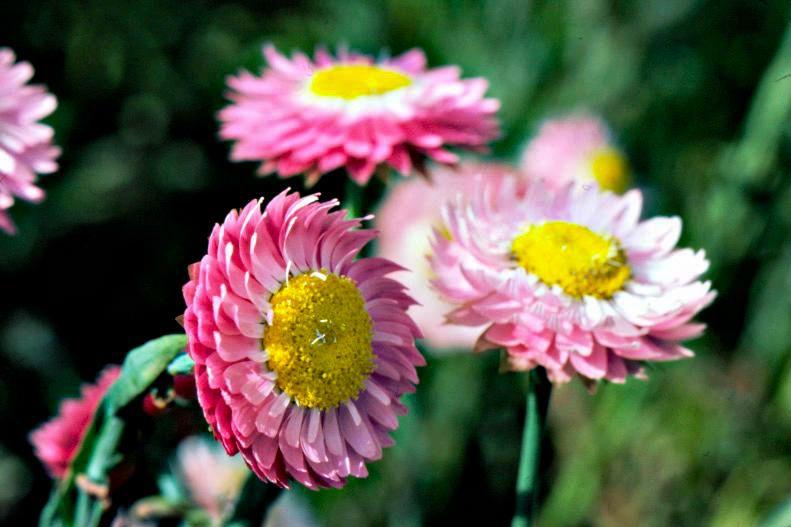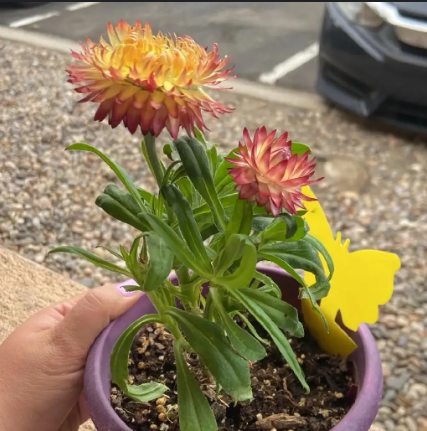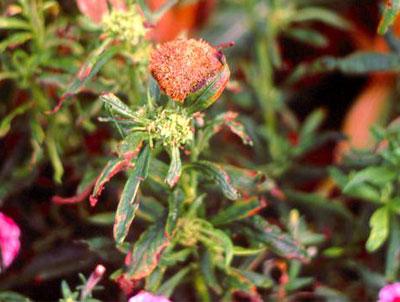Strawflower Plant
Strawflower (Xerochrysum bracteatum) is an annual that grows 1-3 ft tall, hardy in USDA Zones 8-10, prefers well-drained, loamy soil, full sun, medium moisture, and has no edible or medicinal uses.

Habit
Upright
Height
0.3-0.5 m
Growth
Annual
Soil
Well-drained, sandy
Shade
Full Sun
Moisture
Moderate
Edible
No
Medicinal
No
Origin
Australia, New Guinea
Climatic Condition
Temperate, Subtropical
Temperature (°)
10-20°C
Humidity (%)
50-60%
Potting media
Loamy, peat
Fertilizers
Balanced, organic NPK
Watering
Light watering
Plant Weight
100-200 g
Flowering Time
Summer, Fall
Soil Ph level
6.0 - 7.5
Water Ph level
6.0 - 7.0
Soil EC
1-2 dS/m
Yield Per Plant
Ornamental, cut flower
NPK ratio
10:10:10
life Span
Perennial
Health Benefits
Ornamental, dried flowers
Suggested Grow Media or Potting Mix ?
50% peat moss, 30% perlite, 20% compost
Suggested Fertigation/Fertilizers
Fertilize every 2 weeks with a balanced, water-soluble fertilizer.
Common Diseases and Remedies
Powdery Mildew, Gray Mold, Leaf Spot, Aphids, Root Rot.
White powdery spots on leaves and stems, Gray, fuzzy mould on flowers and leaves, Brown spots with yellow hallows on leaves, Curling leaves, sticky residue Wilting, yellowing leaves, root discoloration.
Neem oil, baking soda spray, Improve air circulation, remove affected parts, Insecticidal soap, neem oil, Improve soil drainage, beneficial microbes.
Sulfur-based fungicides, Iprodione or thiophanate-methyl, Chlorothalonil Insecticides containing imidacloprid, Fungicides with metalaxyl or mefenoxam.
HEALTH BENEFITS
· Used in traditional medicine for wound healing.
Contains compounds that may have anti-inflammatory effects.

